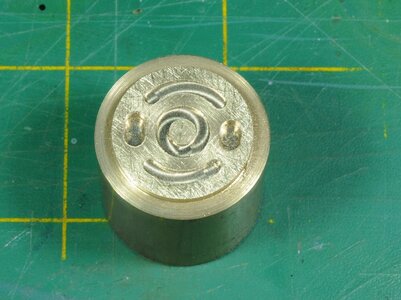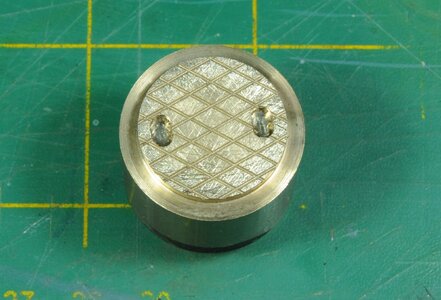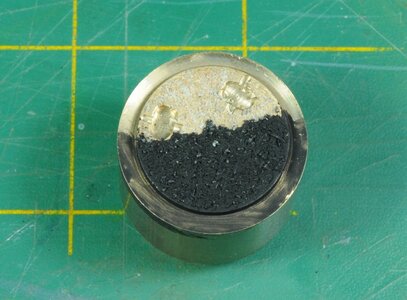Coal Bunker Rings & Lids.
Now that the deck is basically done it is time to look at the Coal Bunker Rings & Lids.
I am making the Rings & Lids from brass, 2 of them will be removable to gain access to the Cap Head screws that actuate the deck locking mechanism.
I have included a photo of the Coal Bunker Rings & Lids as drawn on the drawing and in the book on page 112 of Tree to Sea these don’t give any indication of some sort of pattern on the lids to provide an anti slip surface.
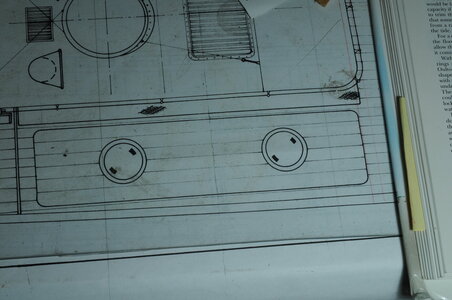
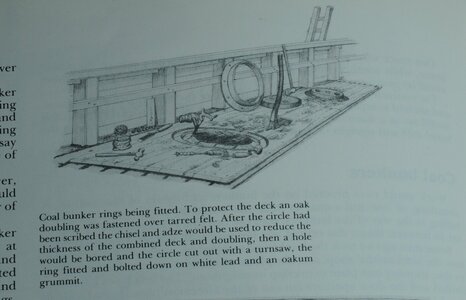
Before going much further I wanted to work out machining the hand recesses in the lids and machining the recess for a handle.
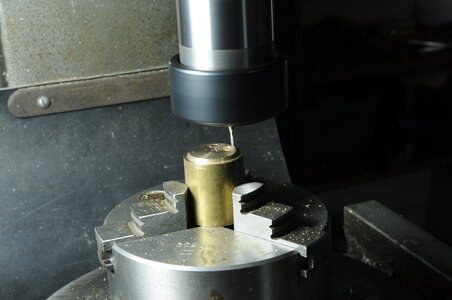
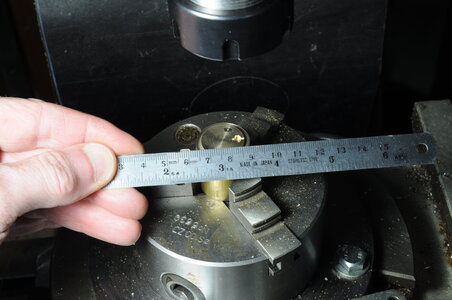
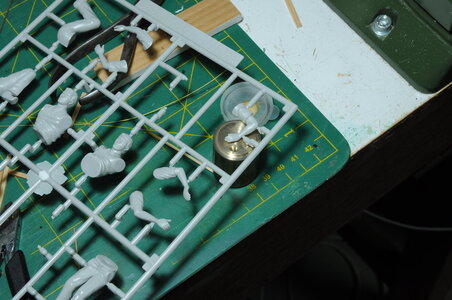
“O” rings have been fitted to create a water tight seal. As a side note personal experience with making components with “O” rings in them has taught me that you don’t need a lot of “squash” on the “O” ring for it to seal, in fact too much squash will only cause problems with “pinching” the “O” ring and damaging it, in this application there is less than .1 mm or .004 inch of squash on a 12.5mm diameter.
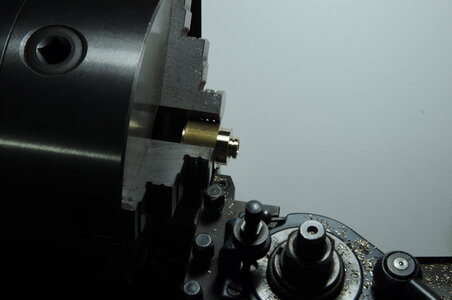
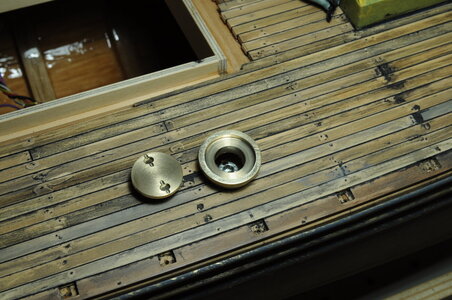
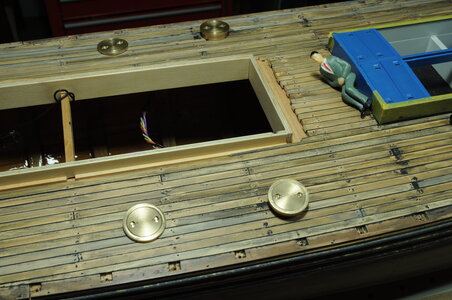
There is not a lot of information that I could find about these parts, I found a lot of photos of land based cast iron covers, think cast iron sewer covers with a staggering array of different patterns on the lid face.
In a bit of a thought bubble I thought the surface may have been left purposefully rough, not hard to do with a casting so I did an experiment at creating a non slip surface, using some beads that you mix with paint to create a non slip painted surface, I brushed some Titebond onto the brass and dipped it into the beads, next day I painted half of it black to get a better idea of how it would look.
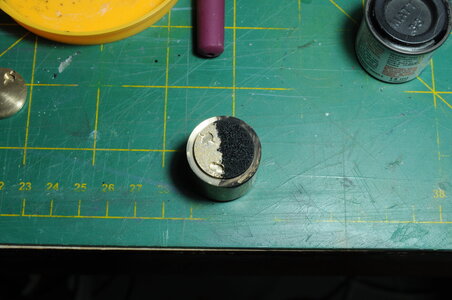
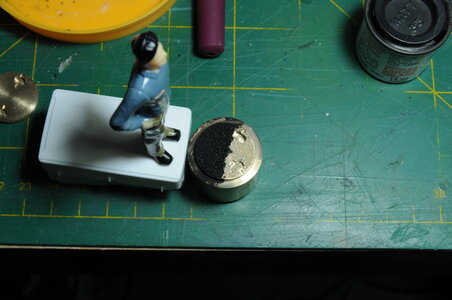
Or may have had something like a friend of mines Danny Boys covers, when I get time I will have a go at milling some grooves into my trial piece.
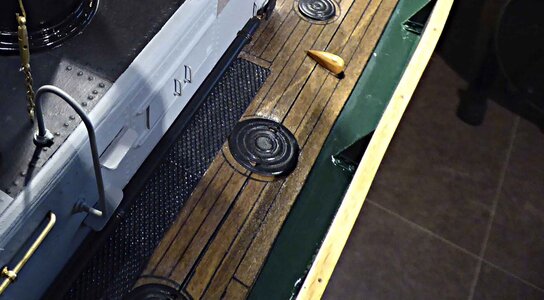
I realize OH&S was not exactly a thing back in 1919, but having a very slippery surface in the middle of the deck I tend to think would not have been done, so some sort of non slip surface would have been present I think.
With things returning to a more normal state, my hobby time has reduced significantly back to the few hours a week at most, therefore progress will return to a snails pace.
I welcome opinions on which surface to go with on the Lids.
Thanks for looking in and reading my ramblings or just looking at the photo’s and stay safe.
Cheers,
Stephen.

















 I am gushing a bit there but there it is.
I am gushing a bit there but there it is.